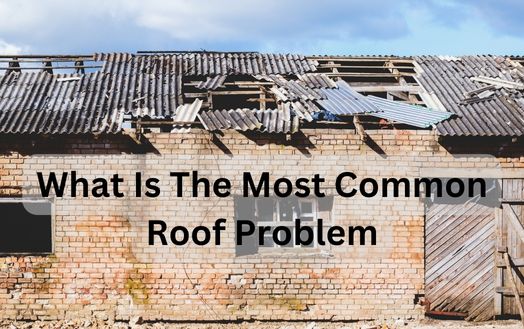
When it comes to the structural integrity of your home, the roof plays a crucial role in protecting your property from the elements. However, over time, the roof is susceptible to various issues that can compromise its functionality and durability. Identifying what is the most common roof problem is the key to preserving the longevity of your roof and preventing commercial roof replacement NJ in the long run. In this blog, we will explore the most common roof problems homeowners face, how to spot them, and the best ways to address and prevent them.
While every roof is unique, there are several common roofing problems that homeowners may encounter. Identifying these issues early on can save you time, money, and hassle. Some of the most common roofing problems include roof ventilation problems, damaged or faulty roofing materials, water damage, roof leaks, poor installation, tree and pest damage, gutter issues, and neglect and poor maintenance. Understanding what is the most common roof problem, the causes, signs, and prevention methods for these common roof problems is essential to maintaining the health of your roof.
One of the most common roof problems is poor ventilation. Proper roof ventilation is crucial for maintaining the health and longevity of your roof. Poor ventilation can lead to a buildup of moisture in the attic, which can result in the growth of mold and mildew. Additionally, improper ventilation can result in poor indoor air quality and high energy bills. Over time, inadequate ventilation can cause the roofing materials to age prematurely, leading to potential leaks and damage. To prevent ventilation problems, ensure proper airflow by having a professional assess your roofing system and make any necessary adjustments.
Another common roof problem is damaged or faulty roofing materials. Your roof is constantly exposed to the elements, and over time, the materials can become compromised. Damaged shingles, for example, can result in water leaks and damage. Using low-quality roofing materials can also increase the need for frequent repairs. It’s important to choose high-quality materials and ensure they are properly installed by a professional commercial roofing contractor NJ. Regularly inspect your roof for any signs of damage, such as loose or missing shingles, and address the issues promptly to avoid further damage.
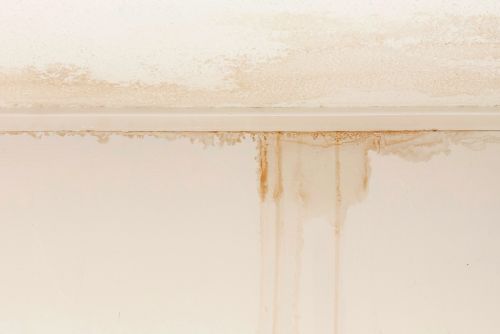
Water damage and roof leaks are significant issues that homeowners may face. Understanding the signs of water damage and how to spot roof leaks early on can help prevent costly commercial roof repairs NJ. Consequently, let’s explore these issues in more detail.
Water damage can manifest in various ways, and it’s essential to recognize the signs to address the problem promptly. Water stains on the ceilings or walls, peeling paint, or the presence of mold or mildew are clear indications of water damage. If left unattended, water damage can cause structural problems, leading to costly repairs. Additionally, water damage can compromise the integrity of your roofing system, resulting in the need for a new roof altogether. Addressing water damage as soon as possible is crucial to preventing long-term issues and maintaining the structural integrity of your home.
Spotting roof leaks early is vital to preventing water damage and addressing the problem before it becomes more severe. Here are some useful tips for detecting roof leaks:
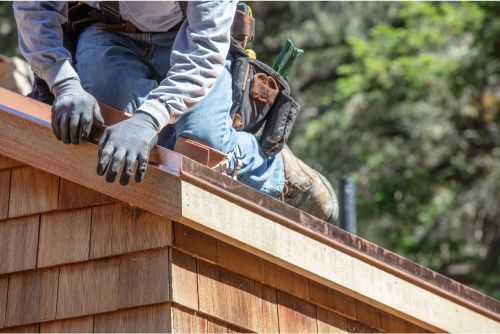
Effective roof flashing is vital for maintaining the structural integrity of your roof and preventing leaks. Let’s dive deeper into the significance of proper roof flashing.
Roof flashing is a crucial component of a proper roofing system. It acts as a protective barrier, preventing water from infiltrating vulnerable areas of the roof. When properly installed, roof flashing directs water away from these areas, reducing the risk of water damage and leaks. It plays a key role in preventing issues caused by water infiltration, such as roof rot, mold, and structural damage. To ensure proper leak prevention, it’s important to inspect roof flashing regularly and address any issues, such as improper installation or common flashing problems, promptly.
Unfortunately, flashing issues can occur, compromising the effectiveness of your roofing system. Here are some common flashing problems to be aware of:
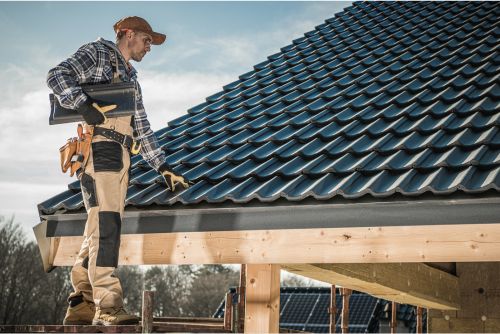
Proper installation of your roof is crucial for preventing common roof problems and ensuring its long-term durability. Let’s explore the role of installation in more detail.
Poor roof installation can have serious consequences for your home’s structural integrity and your wallet. Some of the potential consequences of poor installation include:
To ensure proper installation of your roof and avoid the consequences mentioned above, it’s essential to:
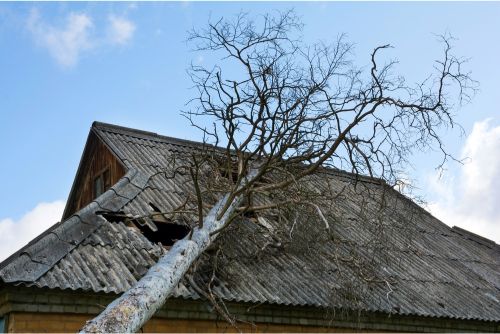
While trees can provide shade and enhance the beauty of your property, they can also pose risks to your roof. Let’s explore the potential hazards of trees and how they can lead to roof damage.
Overhanging tree branches can cause significant damage to the surface of your roof, especially during storms or high winds. Falling branches pose a serious danger to the roof and can cause structural problems. Additionally, tree debris, such as leaves and twigs, can accumulate in gutters, leading to water damage and roof leaks. Regular tree maintenance, including pruning branches away from the roof and clearing debris, is essential to prevent roof problems. By taking preventive measures against tree damage, you can save on costly repairs in the long run.
To prevent tree damage to your roof, consider the following preventive measures:
Gutters play a crucial role in diverting water away from your roof and the foundation of your home. However, issues with gutters can contribute to roof problems if not properly maintained. Let’s explore the potential issues with gutters and how they can impact your roof.
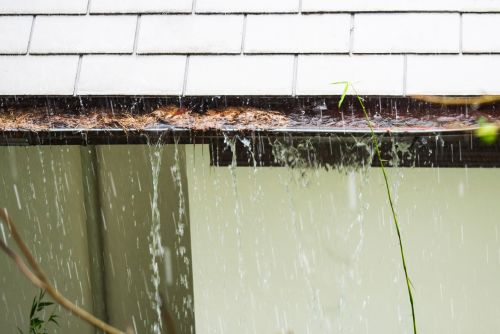
Clogged or defective gutters can lead to serious water damage and compromise the overall health of your roof. When gutters are clogged, water can overflow, seeping into the roof and causing damage to the surface. Additionally, water overflowing from the gutters can damage the fascia board, the board that runs along the edge of the roof, leading to structural issues. Proper maintenance of your gutters is essential to prevent water damage and the associated roof problems.
To ensure that your gutters function properly and minimize the risk of roof problems, follow these gutter maintenance tips:
Neglecting roof maintenance and proper care can lead to a number of problems over time. Let’s explore the consequences of neglect and poor maintenance on your roof.
Neglecting roof maintenance can have serious consequences, including:
To prevent the consequences of neglecting roof maintenance, follow these tips for regular maintenance:
Snow, ice, and pests can also pose hazards to your roof. Let’s explore how these factors can damage your roof and the potential solution to mitigate the risk.

During the winter months, your roof is vulnerable to damage caused by snow and ice. Factors such as ice dams, the thaw cycle, and cold weather conditions can contribute to roof problems. Ice dams can form along the edge of the roof, trapping water and causing leaks. Additionally, the thaw cycle, where ice melts during the day and refreezes at night, can expedite the deterioration of roofing materials. Cold weather conditions, including freezing temperatures, can cause the roof’s surface to contract and expand, leading to cracks and other damage. Proper maintenance and routine inspections, especially during and after winter, can help identify and address issues promptly.
Pest problems, such as rodents and insects, can also damage your roof. These pests can create entry points, damage roofing materials, and even cause structural problems. Signs of pest damage include chewed or damaged shingles, nests, and droppings. Regular inspections can help identify and address these issues, preventing further damage to your roof and potential structural problems.
The best way to prevent common roof problems is through proactive prevention and routine maintenance. By following these best practices, you can ensure the long-term health of your roof:
In conclusion, it is crucial to identify and address what is the most common roof problem promptly to avoid costly damages and ensure the longevity of your roof. From roof ventilation issues to damaged materials, water damage, improper installation, tree hazards, gutter problems, neglect, and pest infestations, each issue requires attention and regular maintenance. By understanding the signs and taking preventive measures, you can minimize the risk of roof leaks, structural damage, and other issues that may compromise the integrity of your roof. Remember to schedule regular inspections, clear debris, maintain gutters, and address any issues promptly. Investing in professional roof maintenance and repairs will save you time, money, and headaches in the long run.